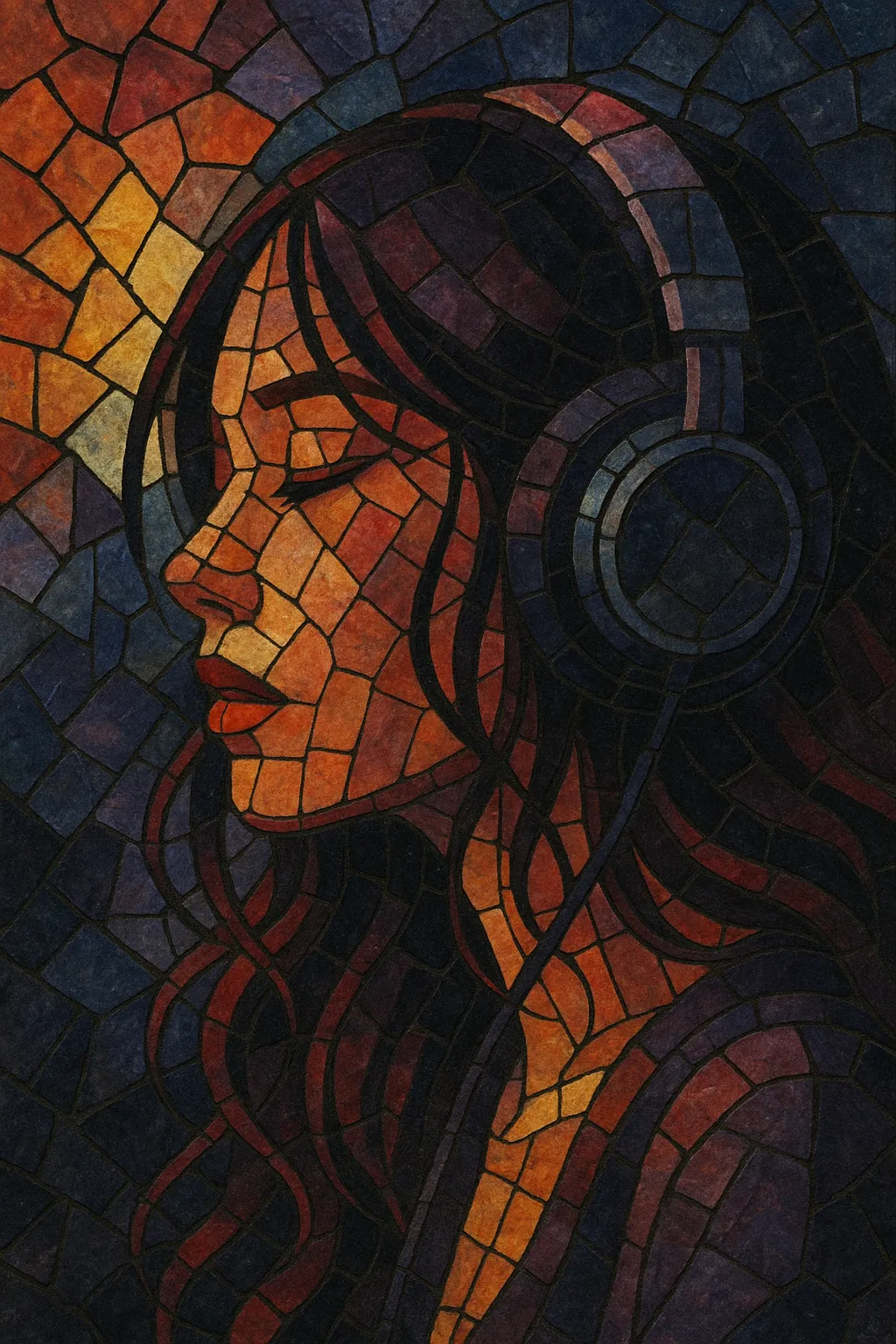Manyao (慢摇, literally "slow shake") is a Greater China club style that takes sentimental Mandarin and Cantonese pop vocals and places them over a steady, slowed 4-on-the-floor dance beat.
Typically running at 95–110 BPM, it blends Eurodance/Hands Up melodicism, trance-style buildups, and modern EDM sound design with the melodic and lyrical DNA of Mandopop. The result is a DJ-friendly, warm, and danceable sound that feels both nightclub-polished and nostalgic, with vocals often pitch-shifted or chopped to fit the groove.
Manyao thrives on catchy hooks, simple minor-key progressions, and big, sidechained supersaw leads. It is designed for continuous mixing in bars and clubs across mainland China, Taiwan, and overseas Chinese nightlife scenes, where it functions as a bridge between mainstream pop and the floor energy of contemporary EDM.
Manyao emerged from Chinese club culture when resident DJs began refitting popular Mandopop and Cantopop ballads to a slower 4/4 dance pulse suitable for bar dance floors. Early bootlegs leaned on Eurodance/Hands Up templates and trance-style buildups, but deliberately reduced the tempo to emphasize a head-nodding "slow shake" feel.
As nightlife expanded beyond first-tier cities, Manyao became a dependable format for bars looking to keep mainstream crowds dancing to familiar melodies. Producers standardized tempos around 95–110 BPM, favored minor-key progressions, and incorporated EDM risers, white-noise sweeps, and snare rolls. Big room and electro house sonics—supersaws, sub-heavy kicks, and wide reverbs—were adopted, while vocals were often edited, looped, or lightly pitch-shifted to fit the groove. DJ pools and informal sharing ecosystems helped a vast catalog of remixes circulate regionally.
Short-video platforms and streaming sites amplified Manyao’s reach, rekindling interest in classic Mandopop hooks reimagined for the club. Some tracks overlapped with hanmai (喊麦) hype-voice culture, though Manyao remained primarily melody-led and pop-centric. Contemporary productions feature cleaner mixdowns, sharper sidechain dynamics, and arrangement forms optimized for seamless DJ transitions.








